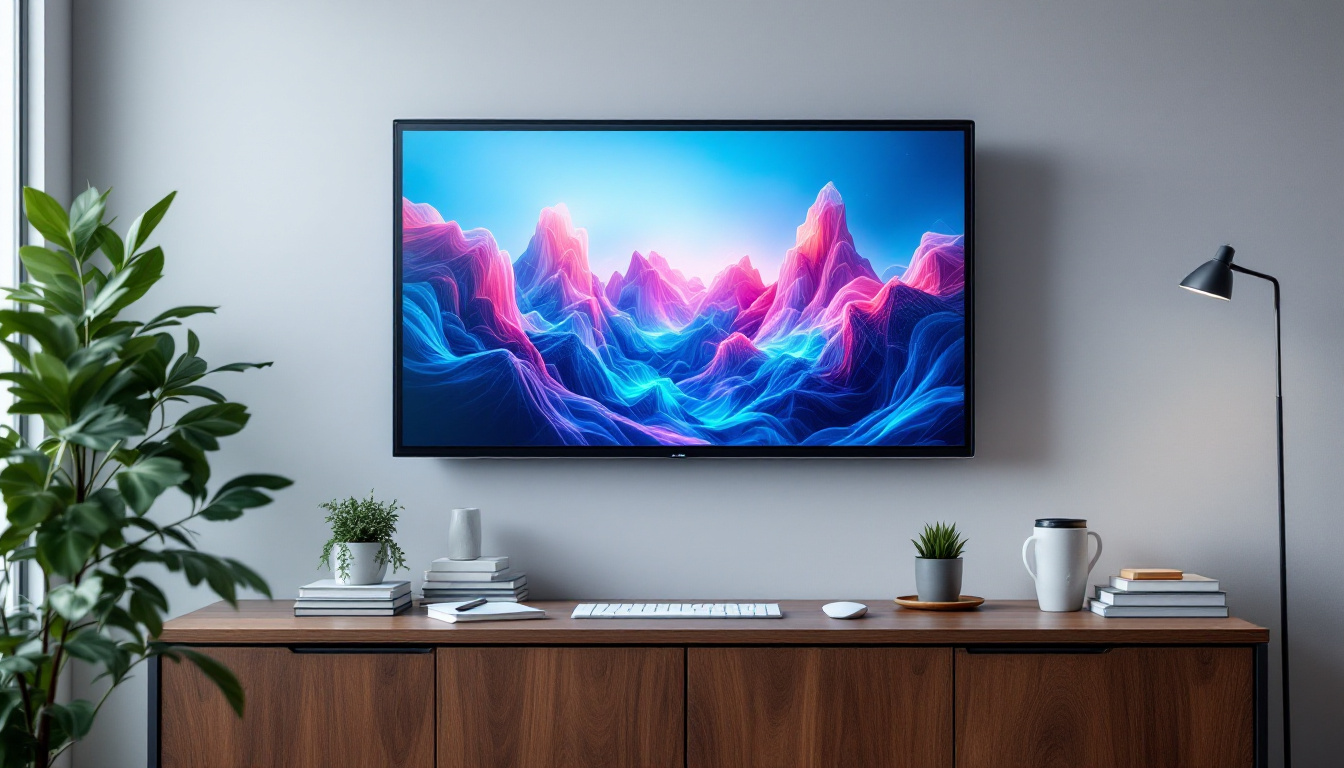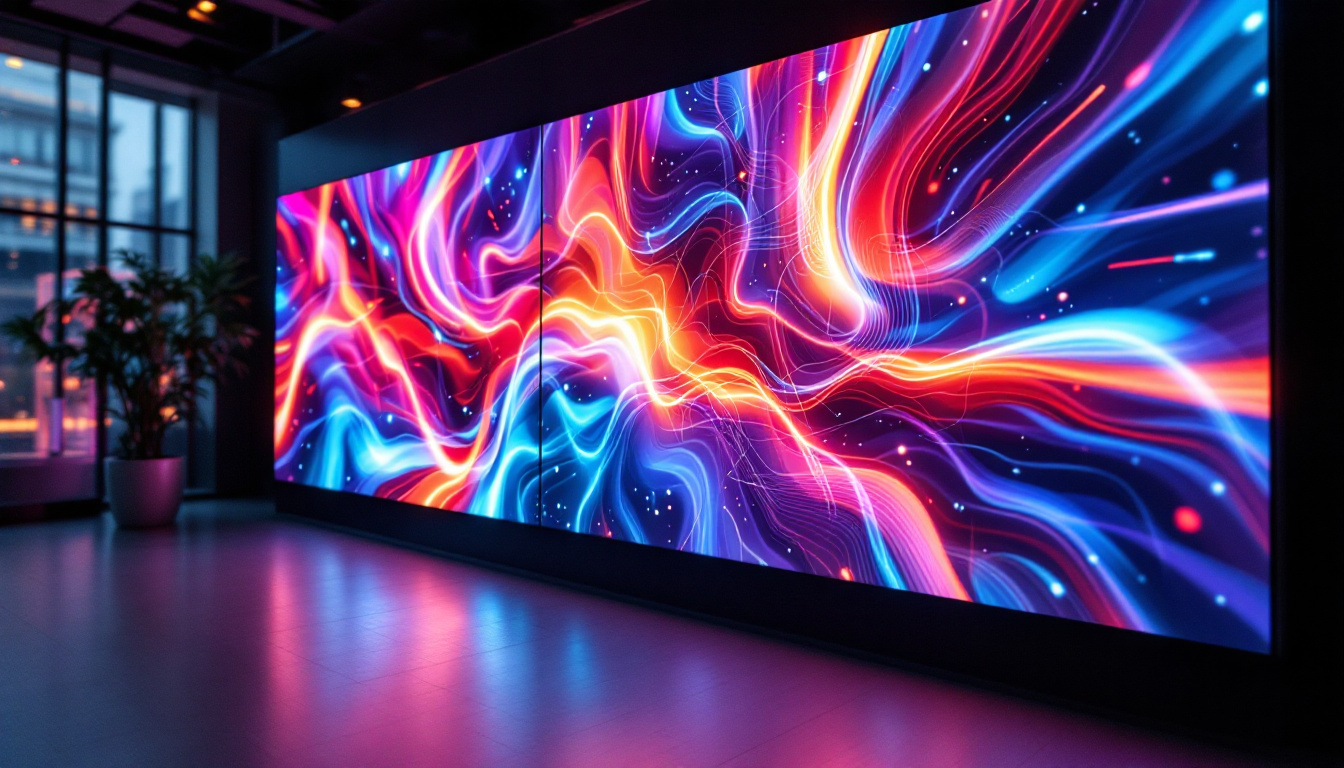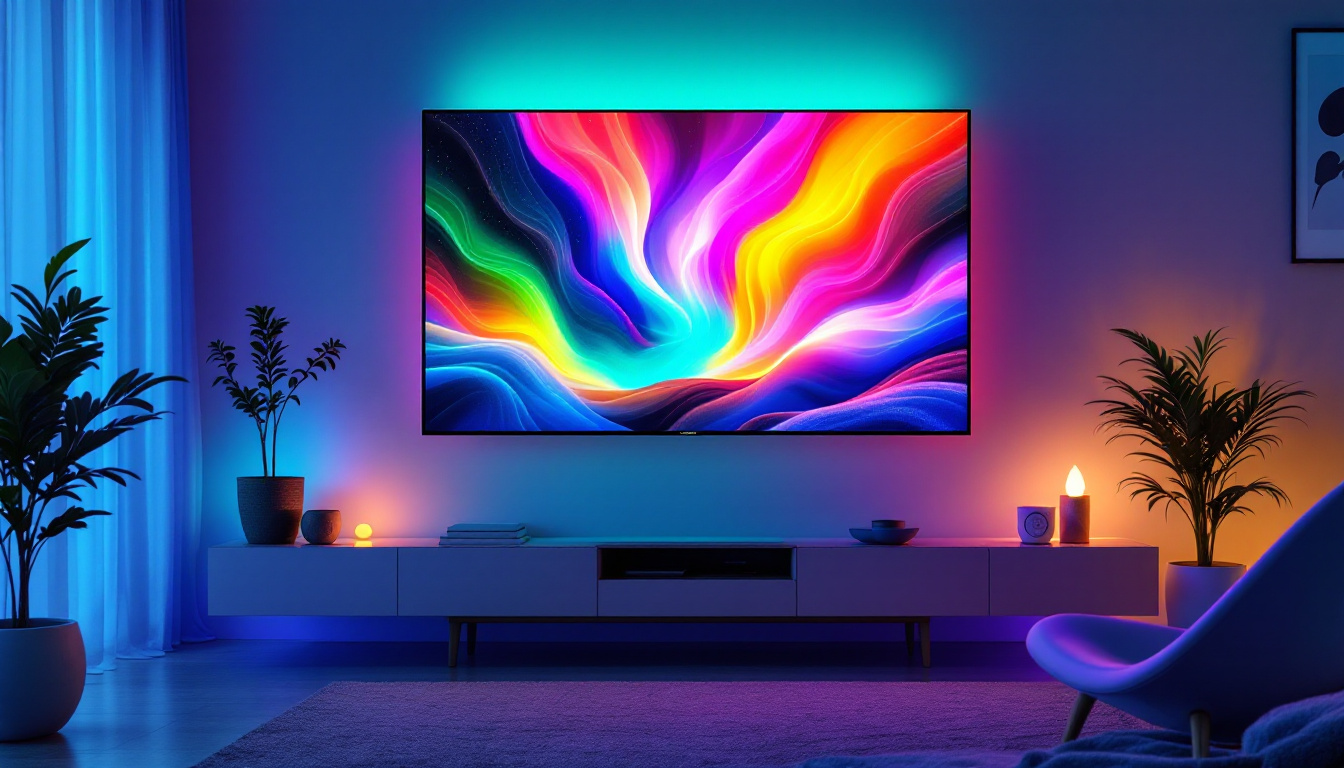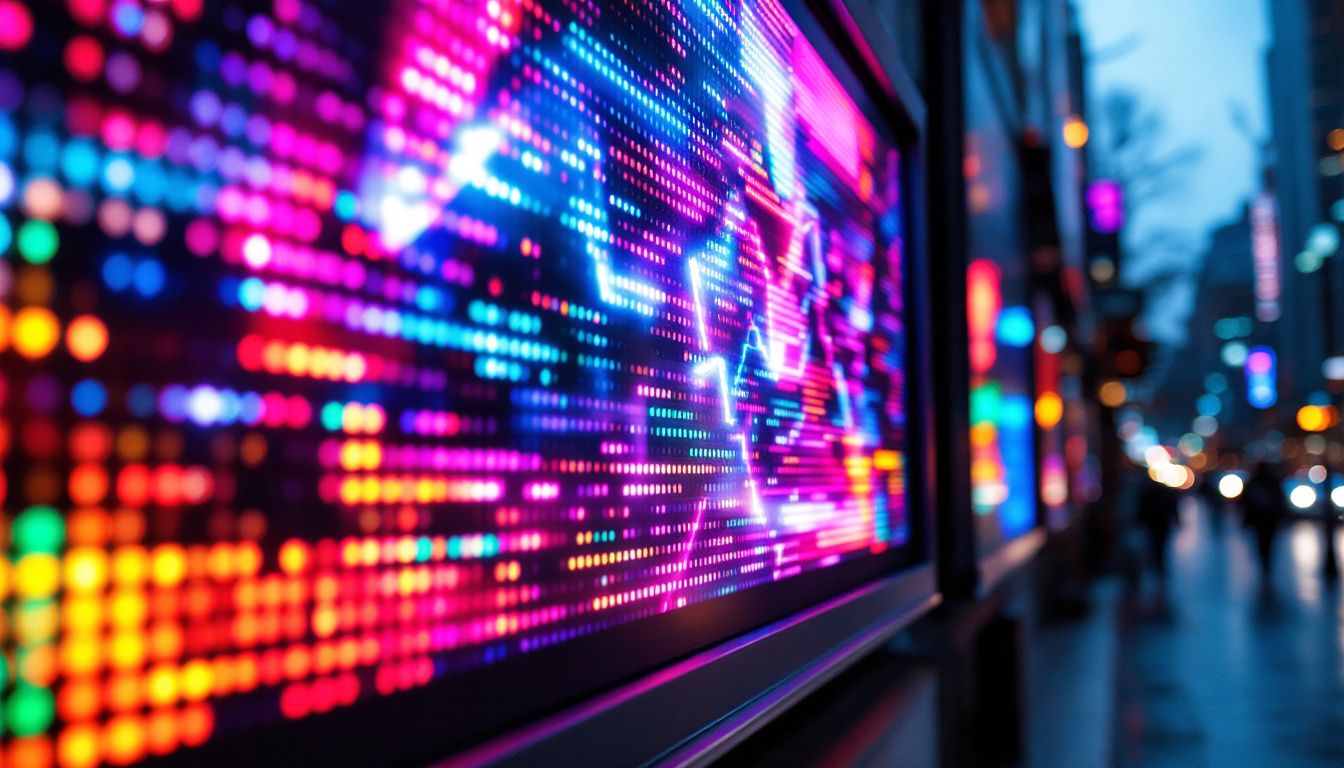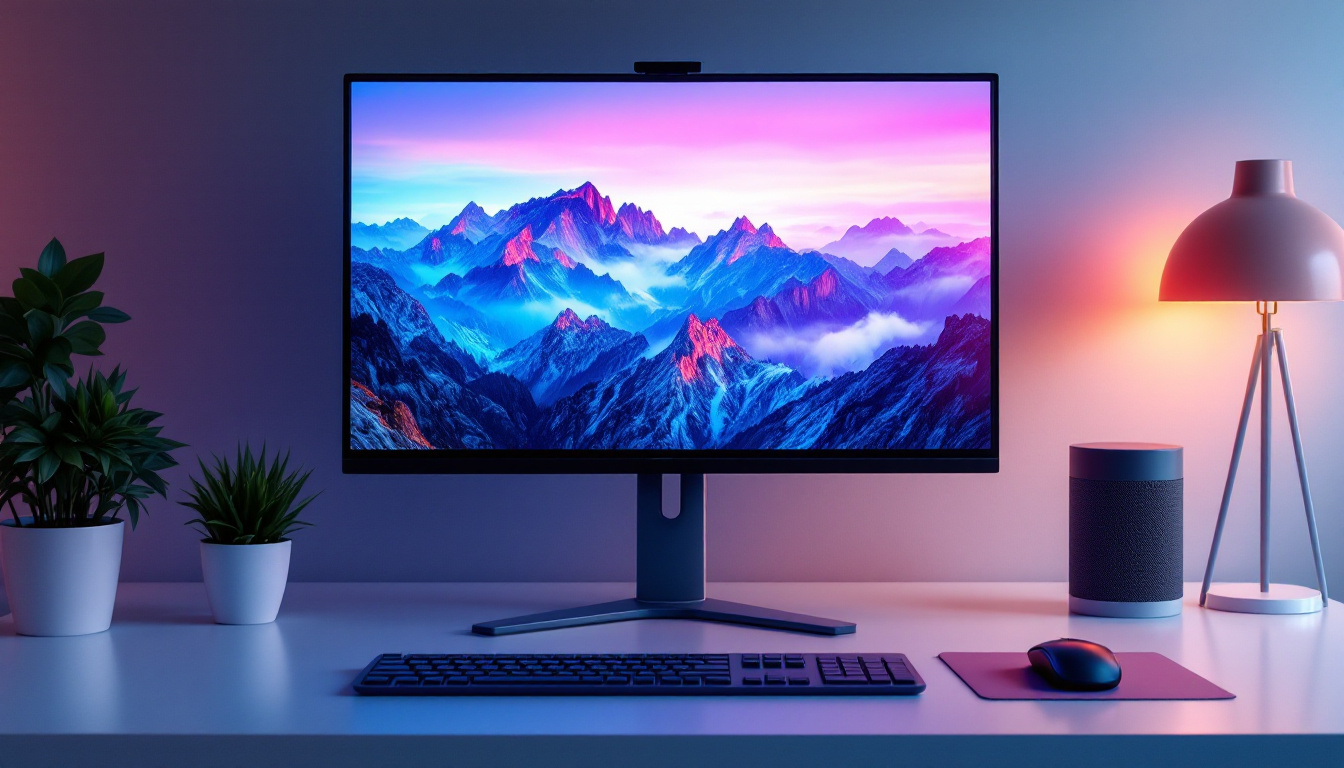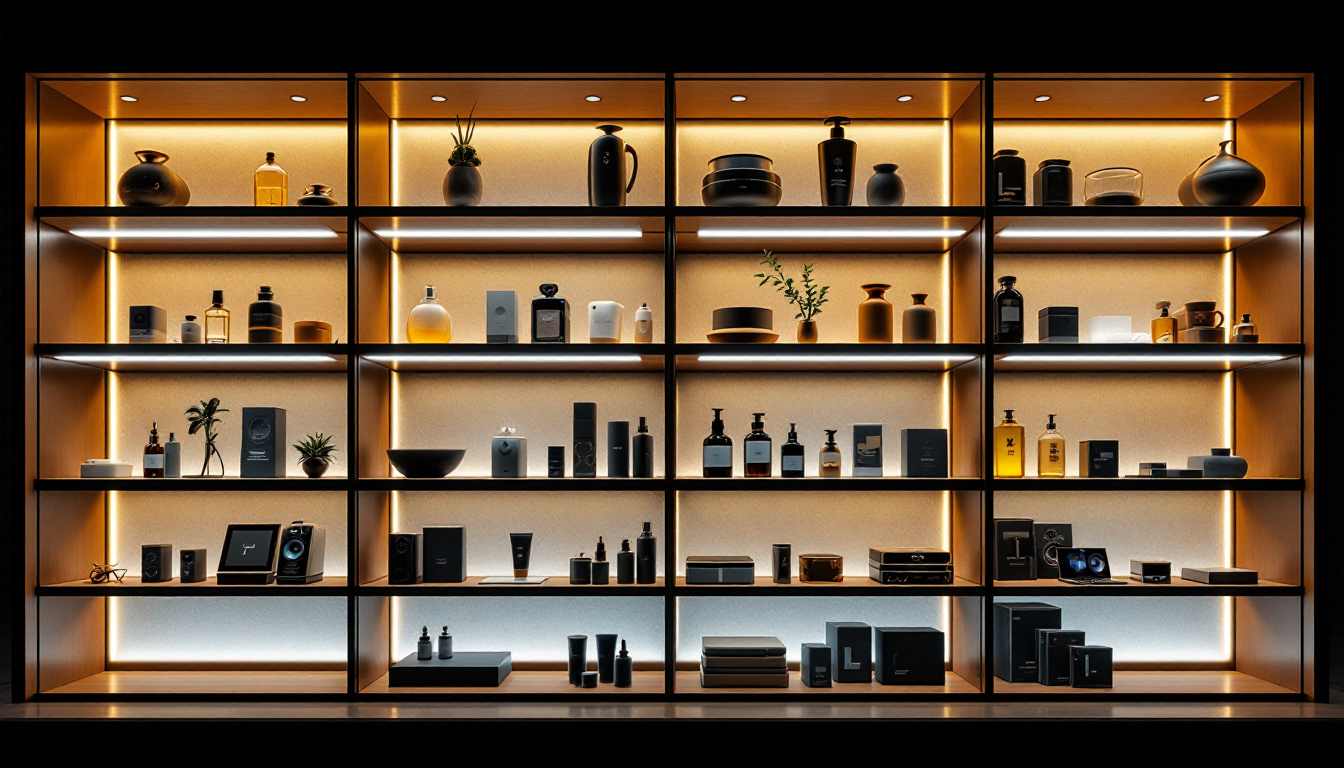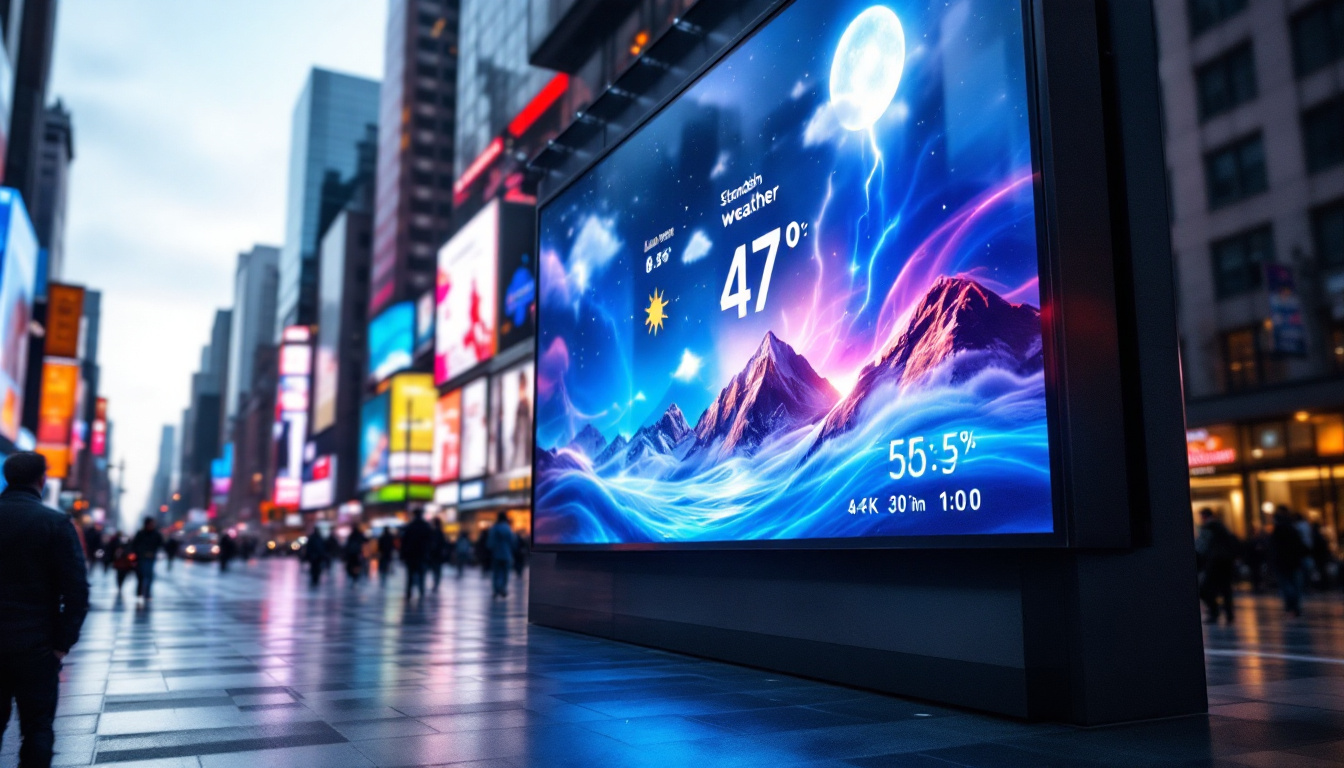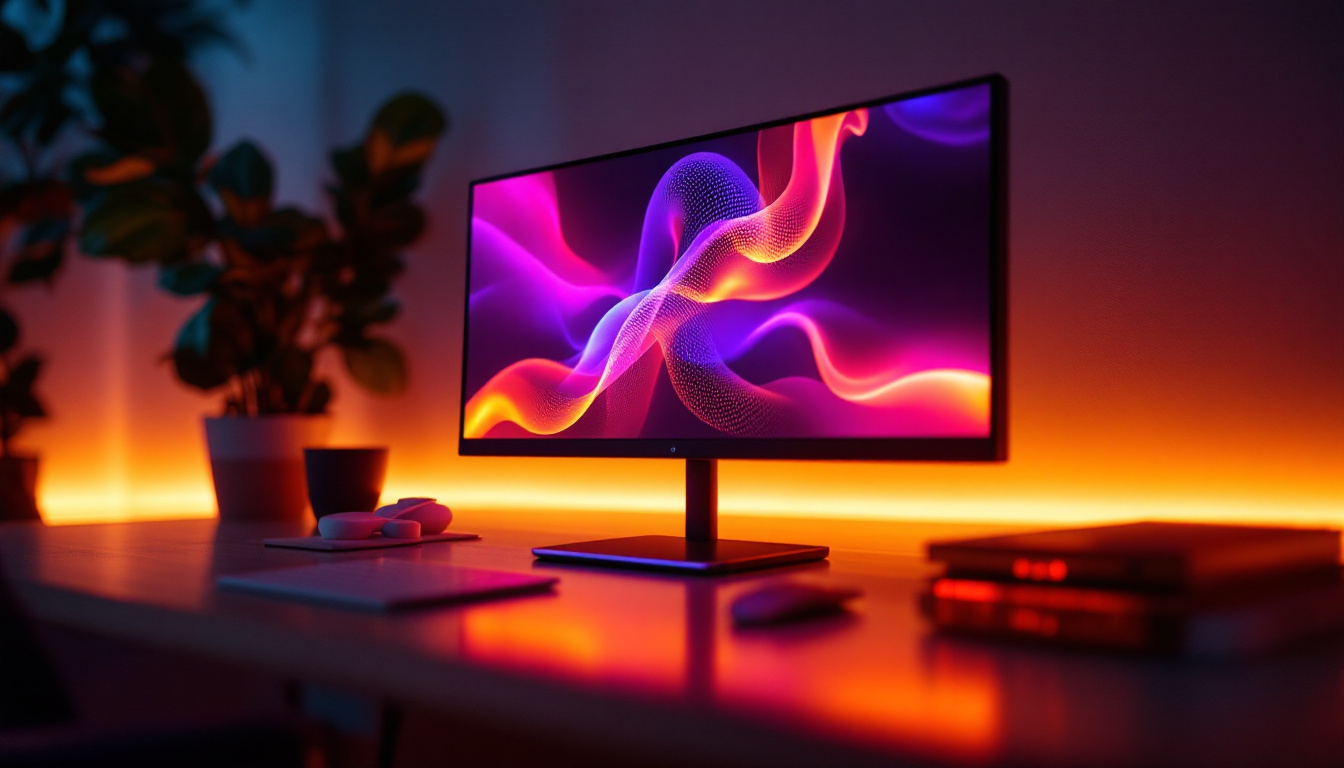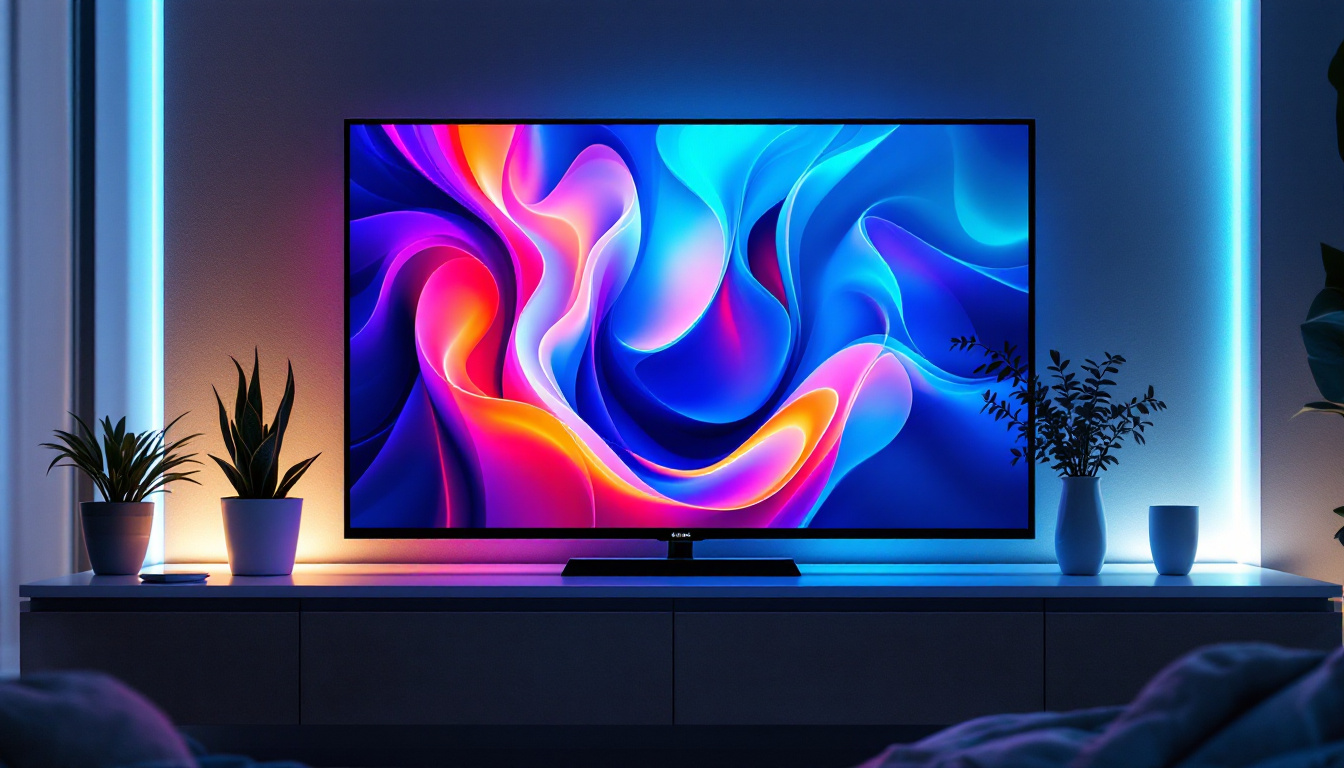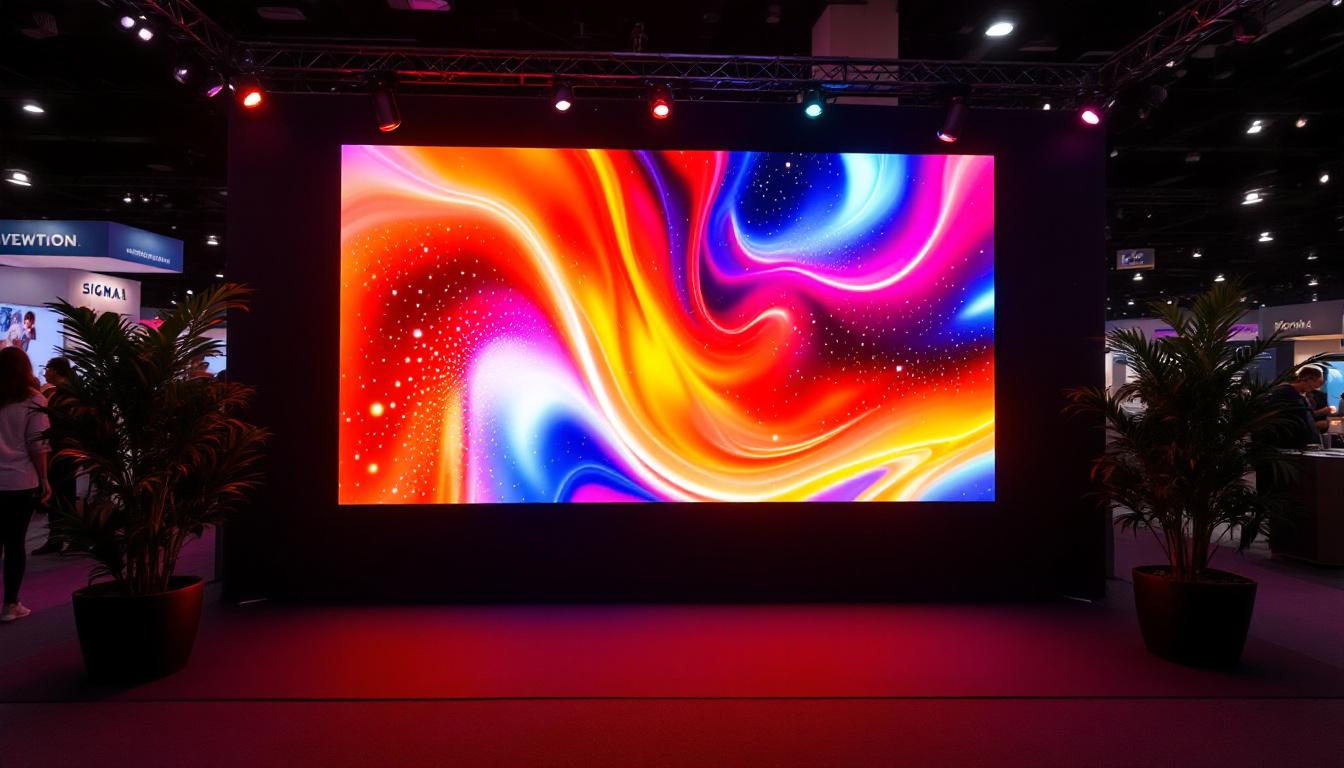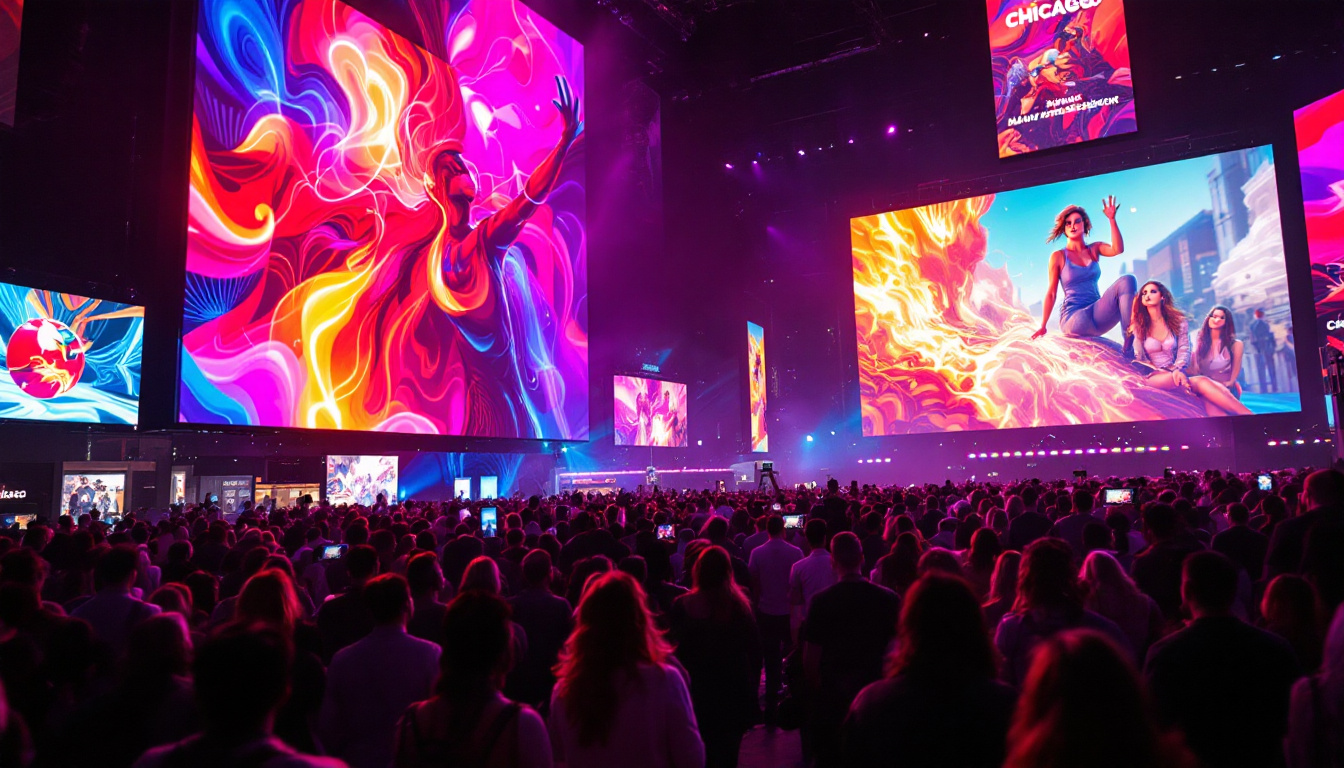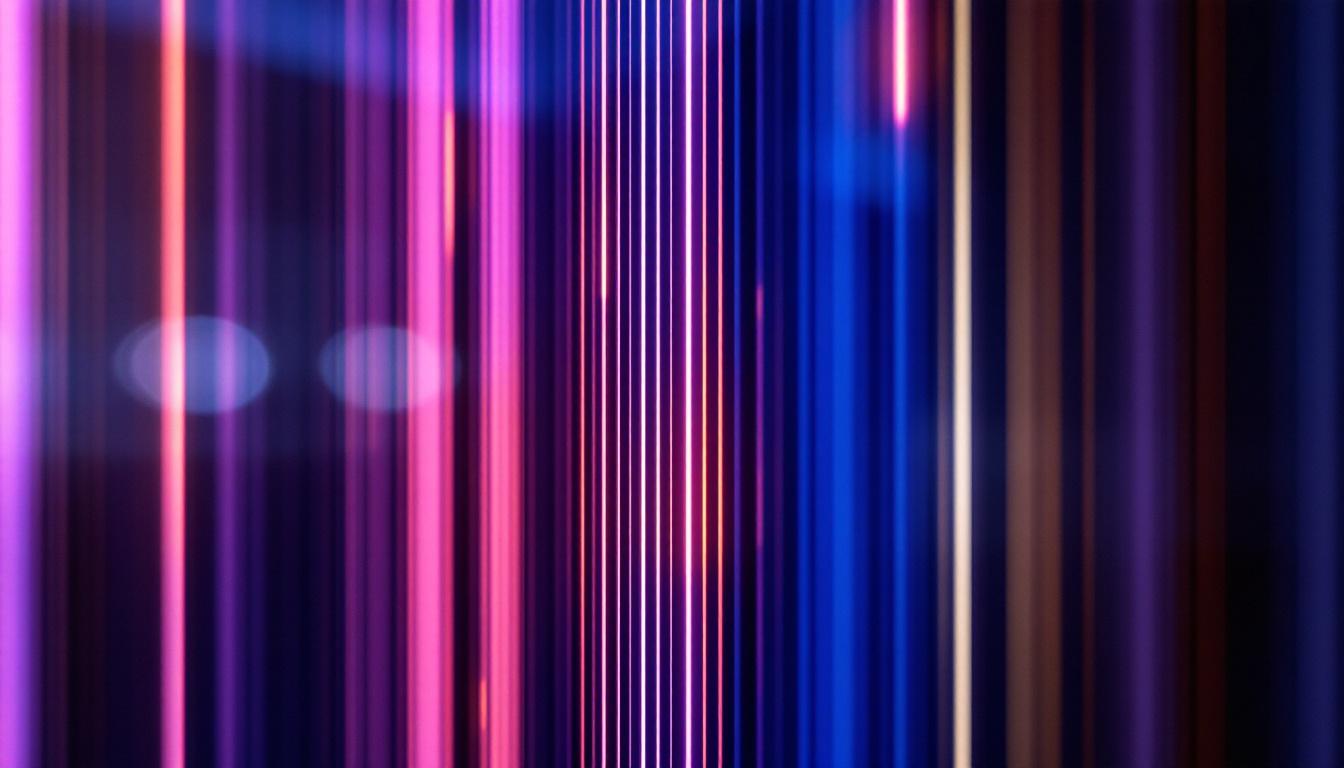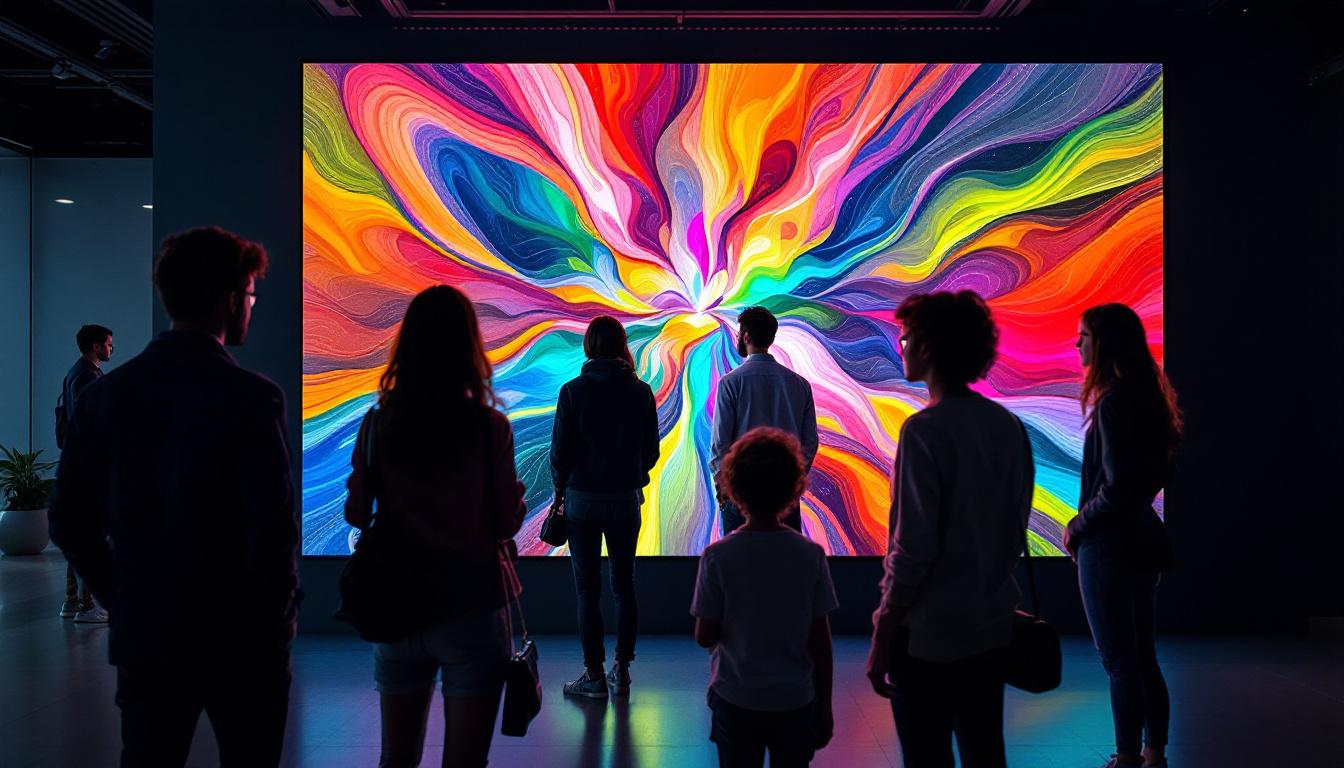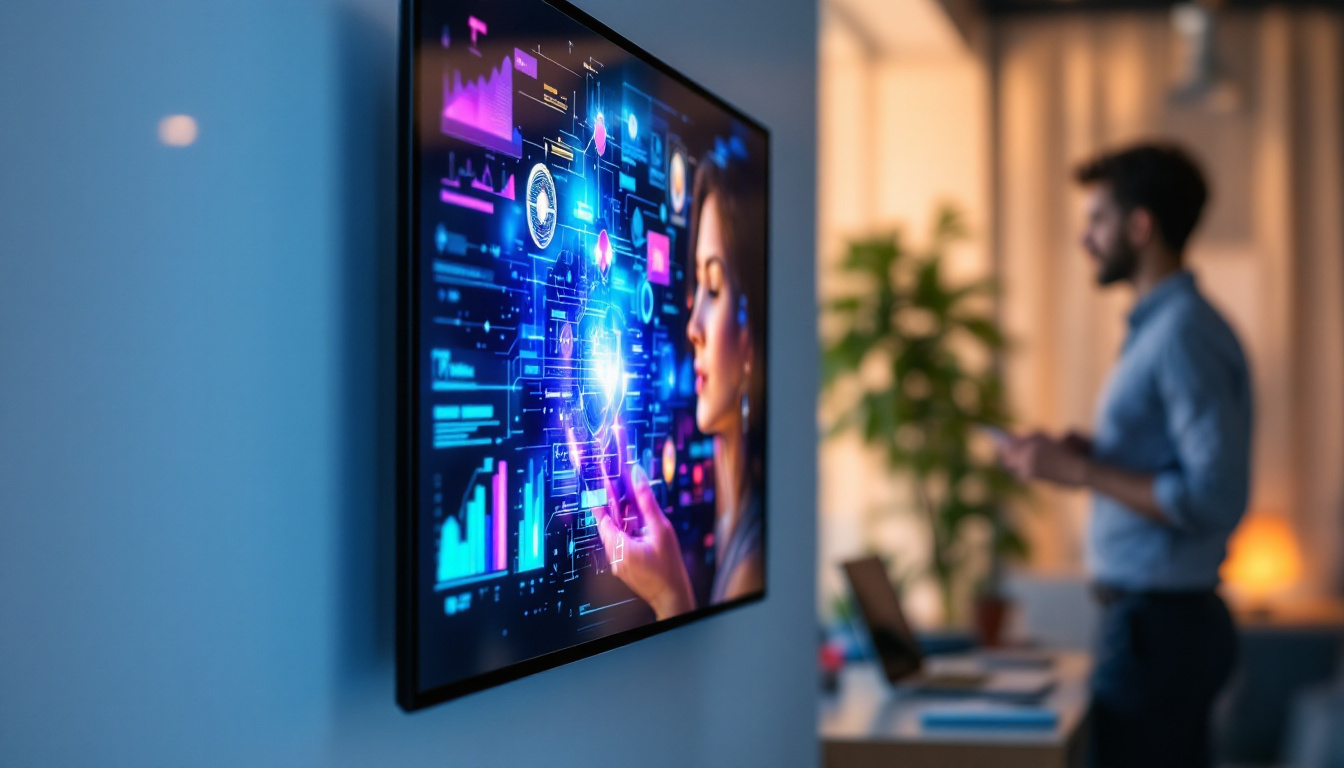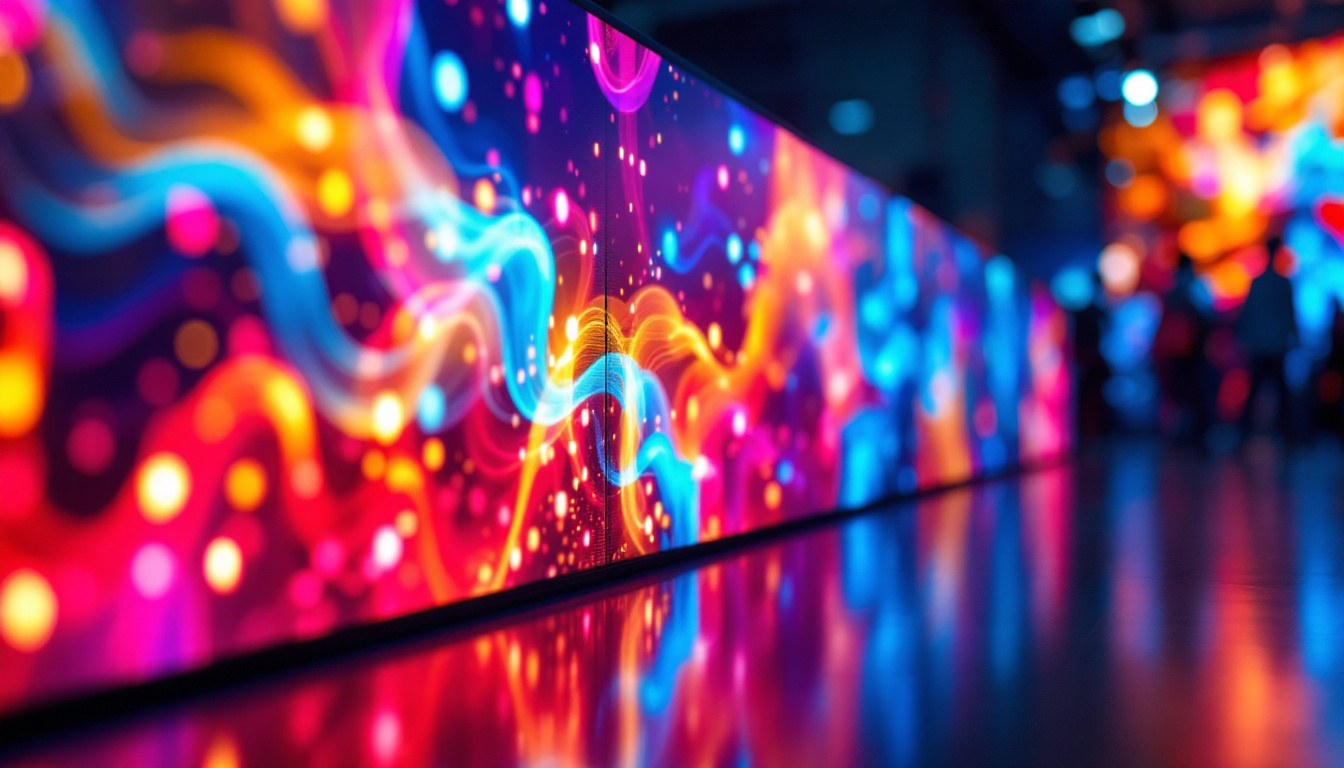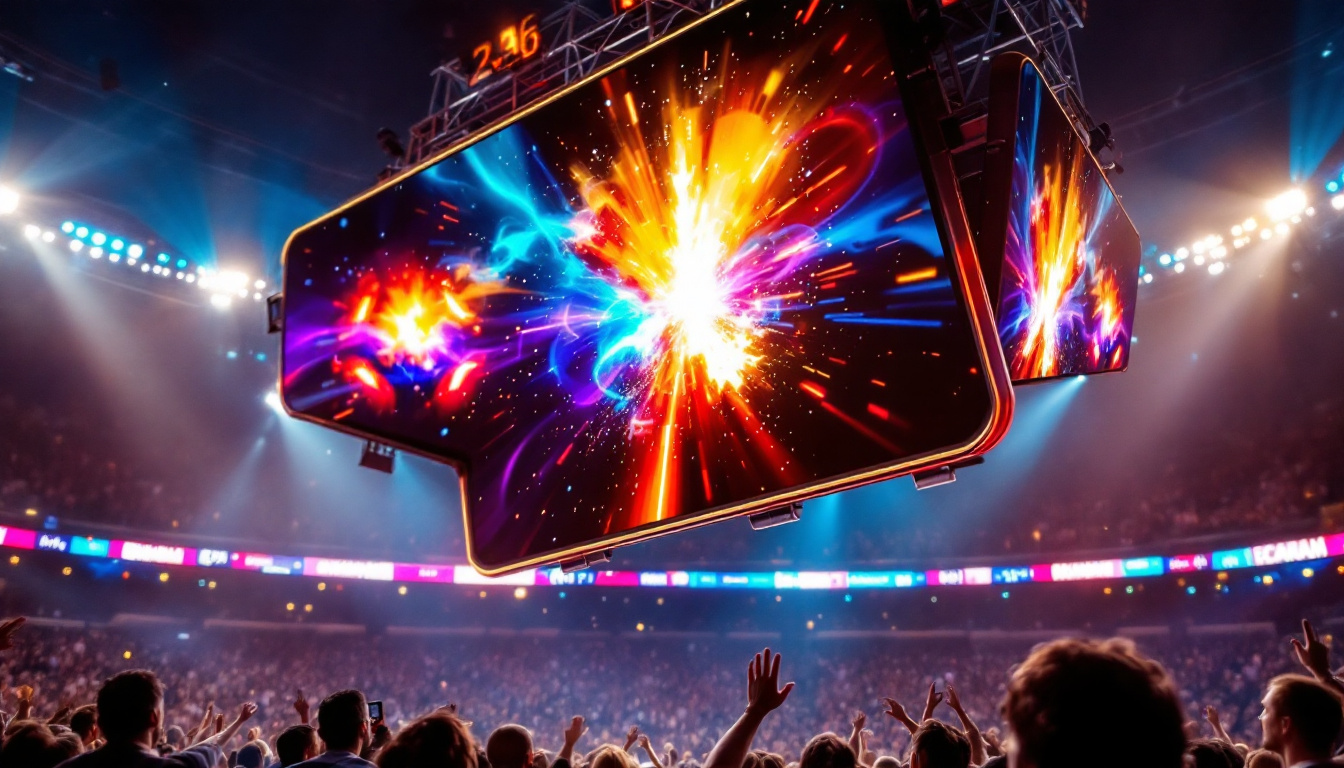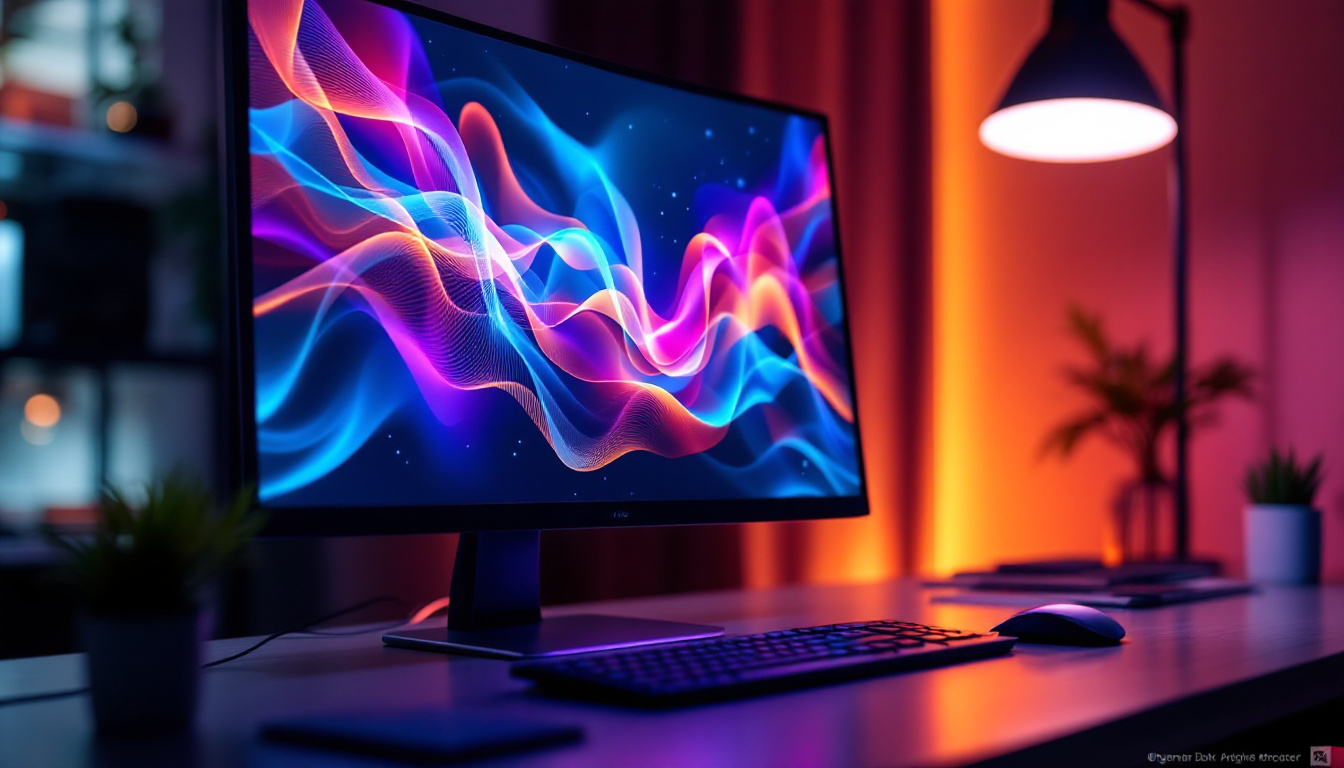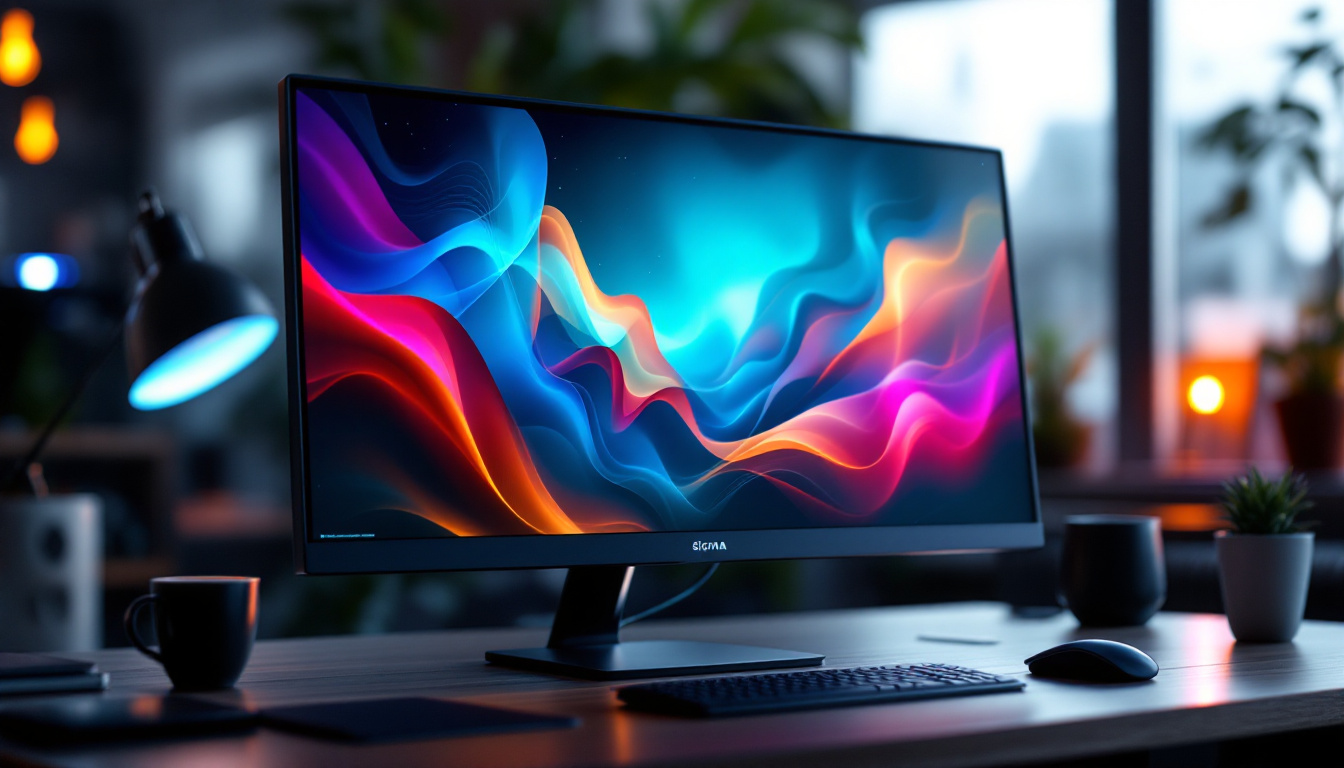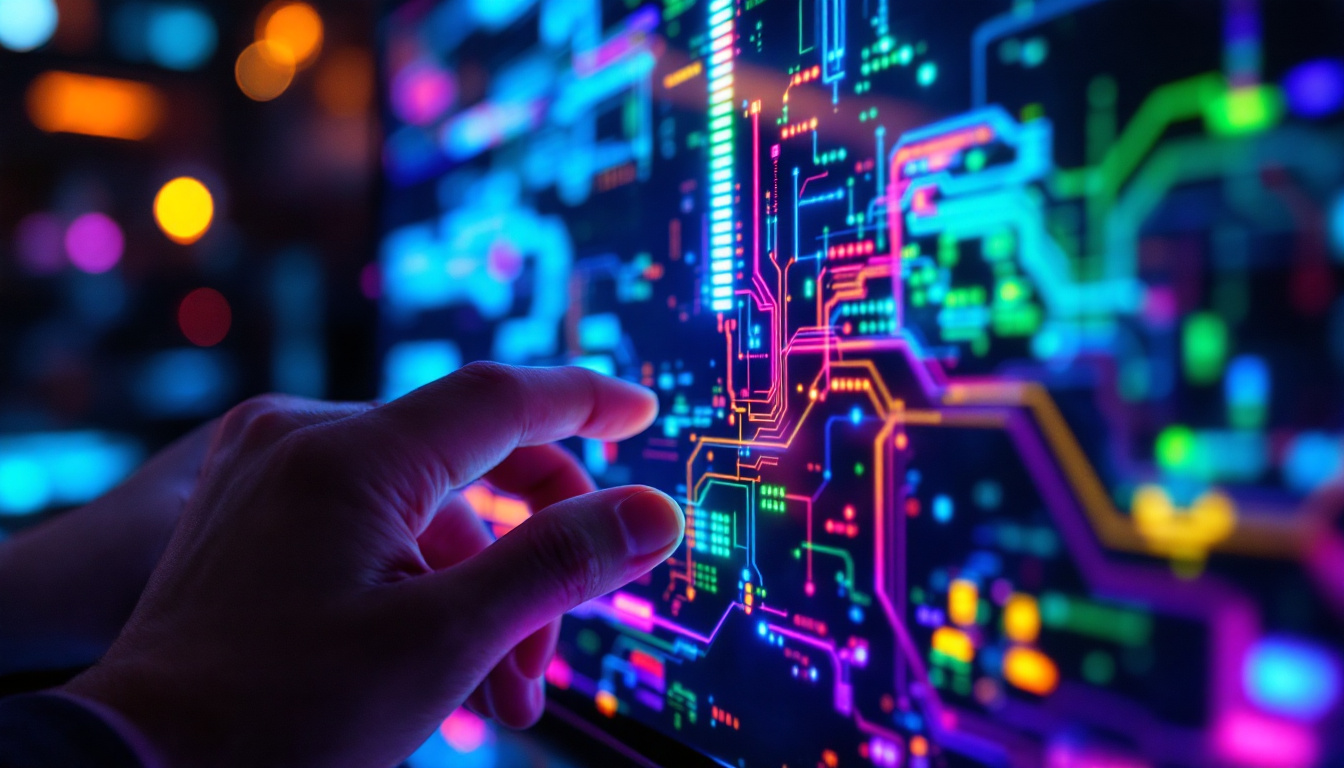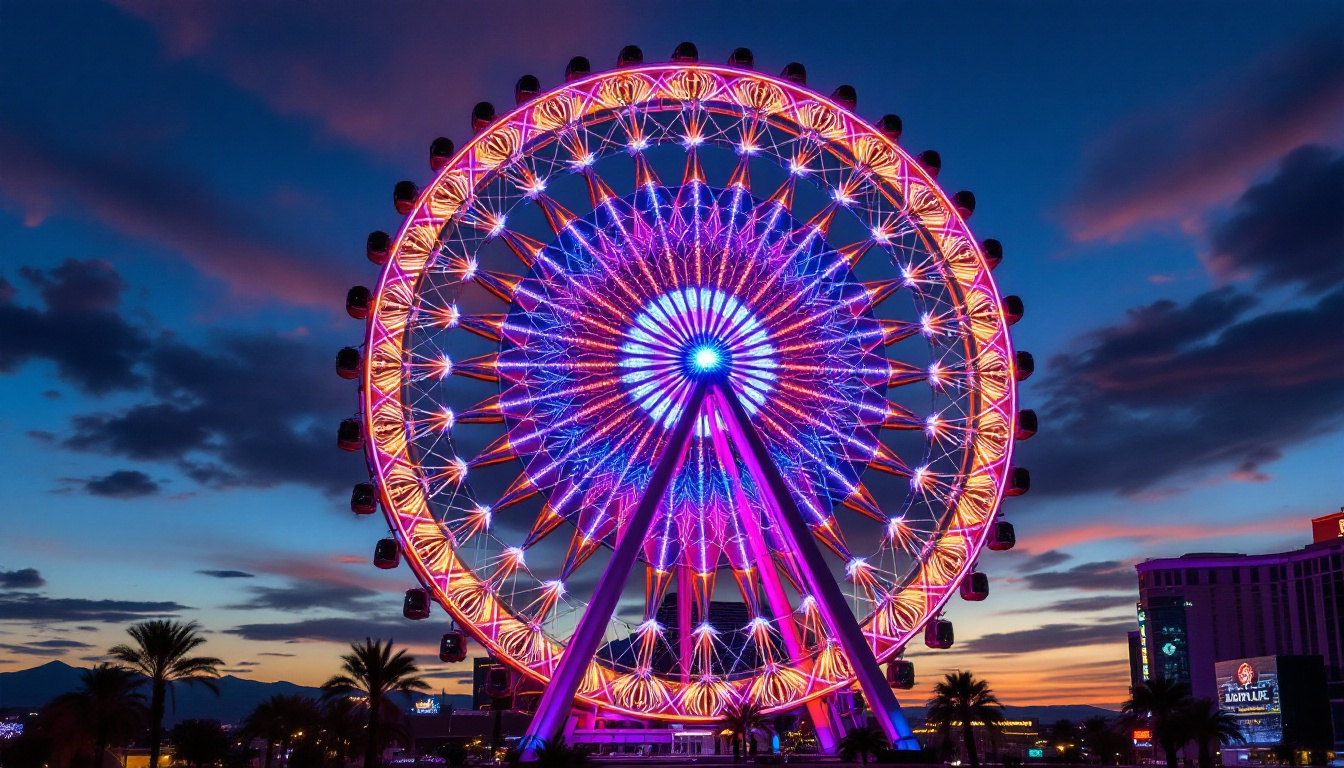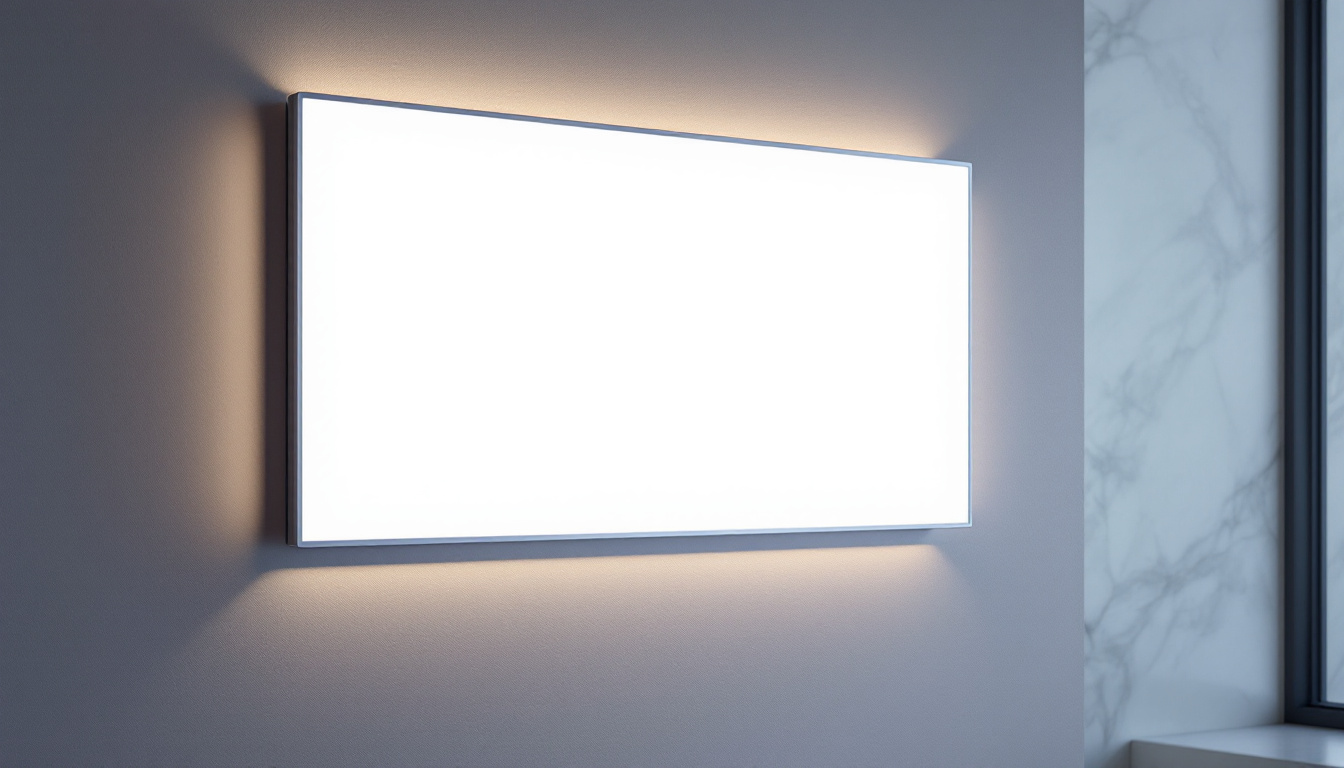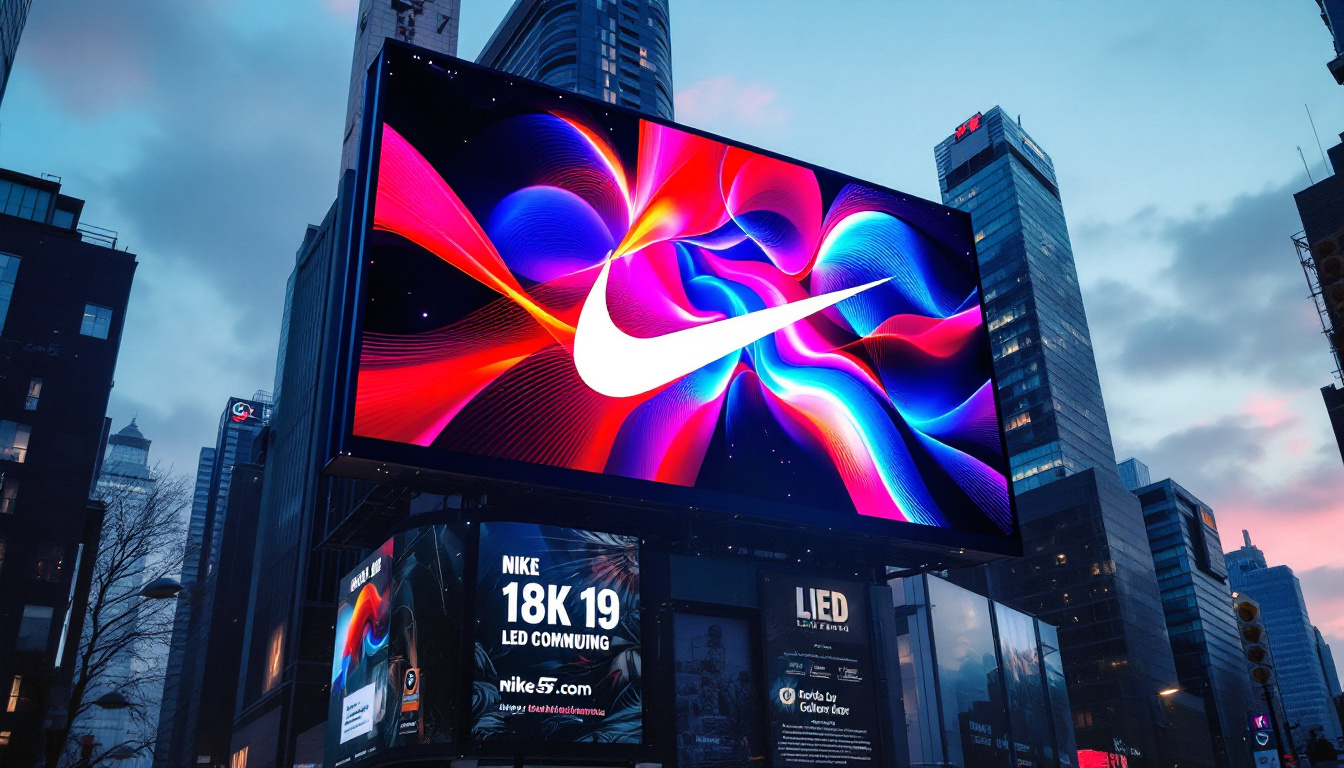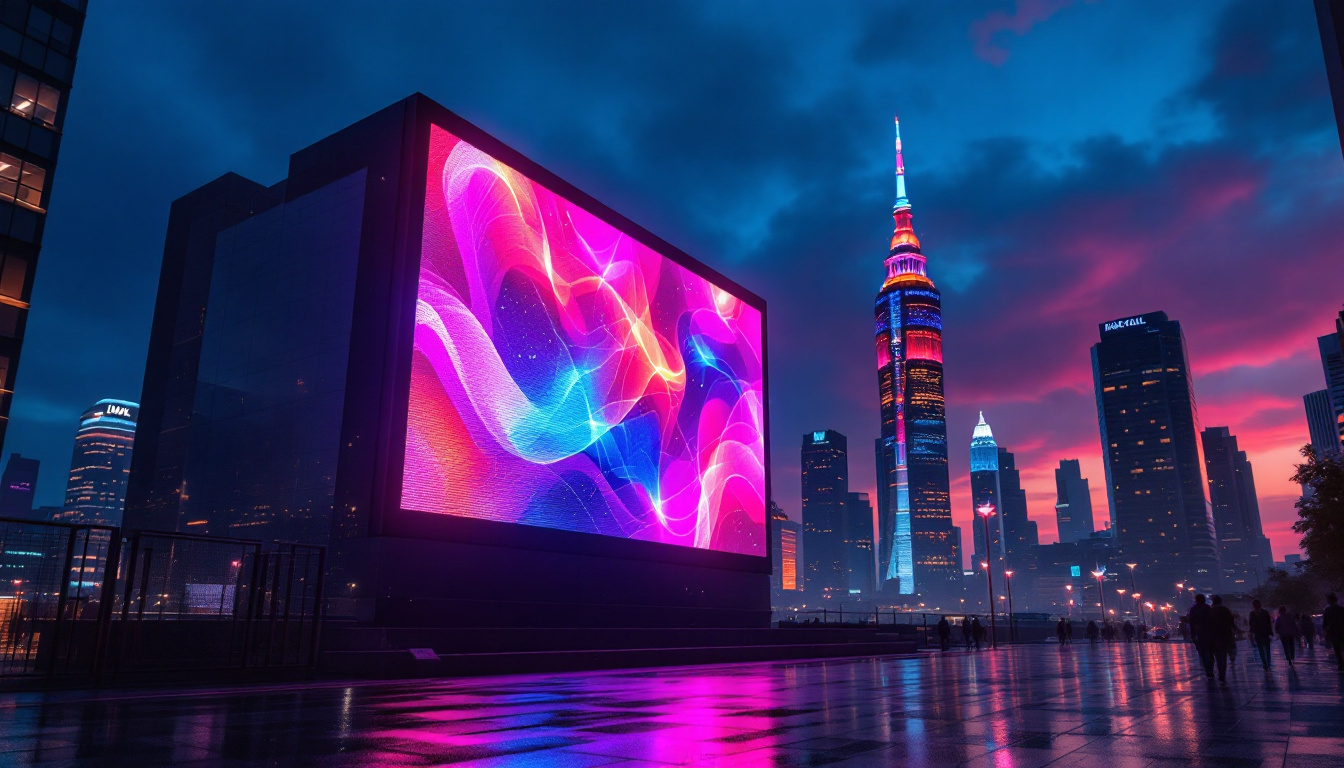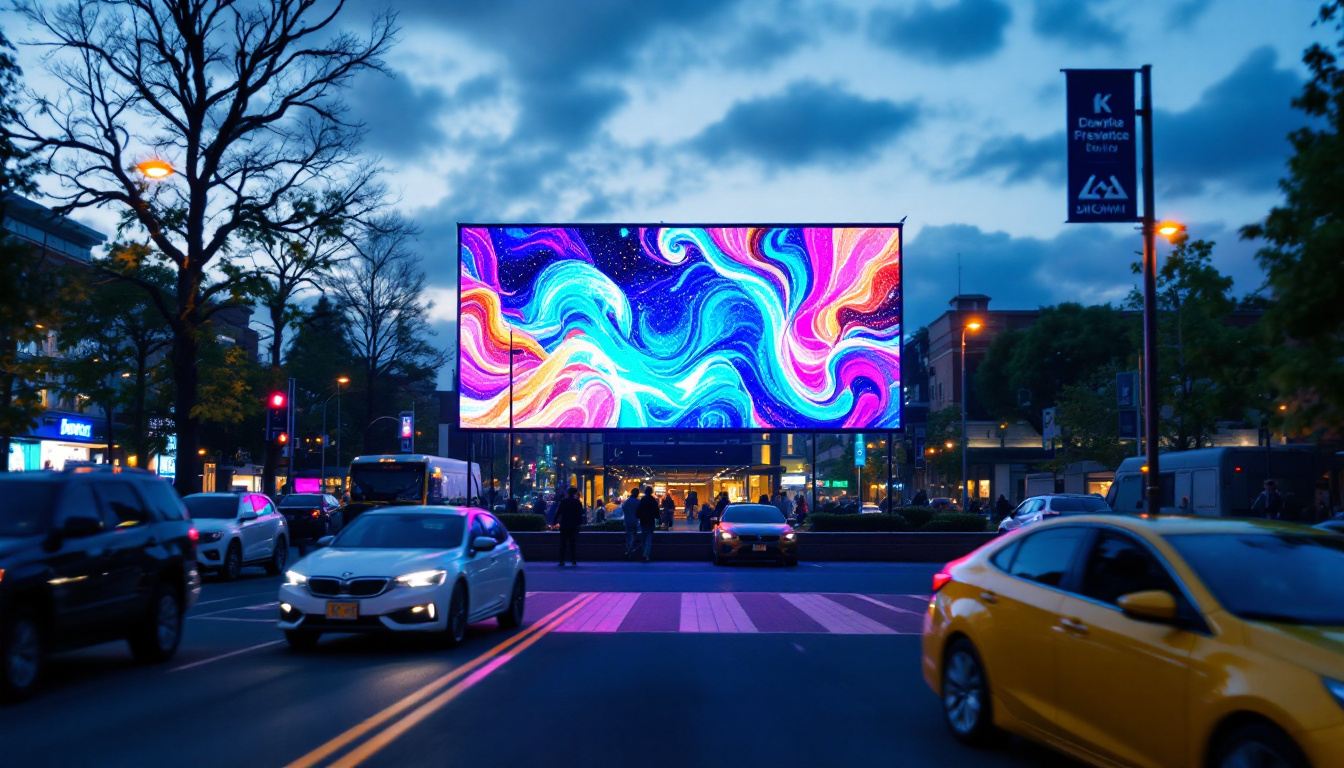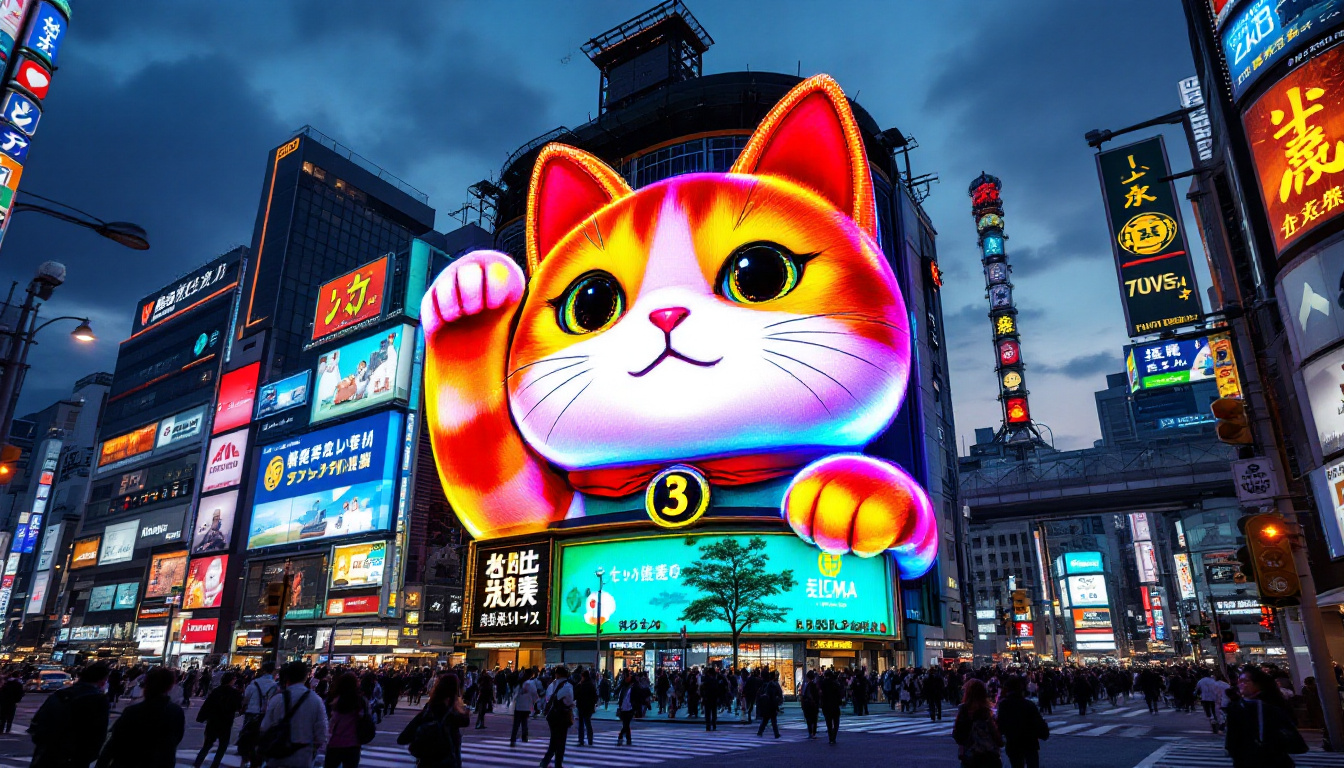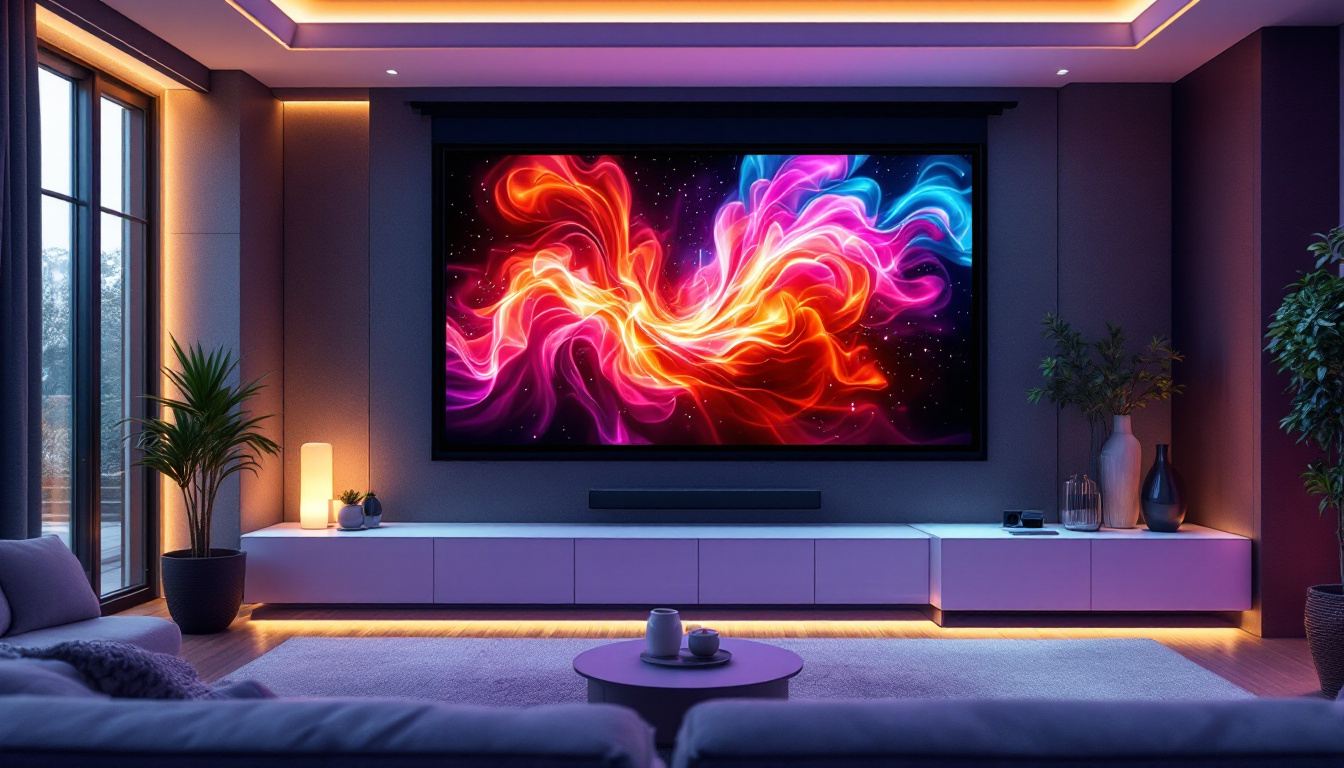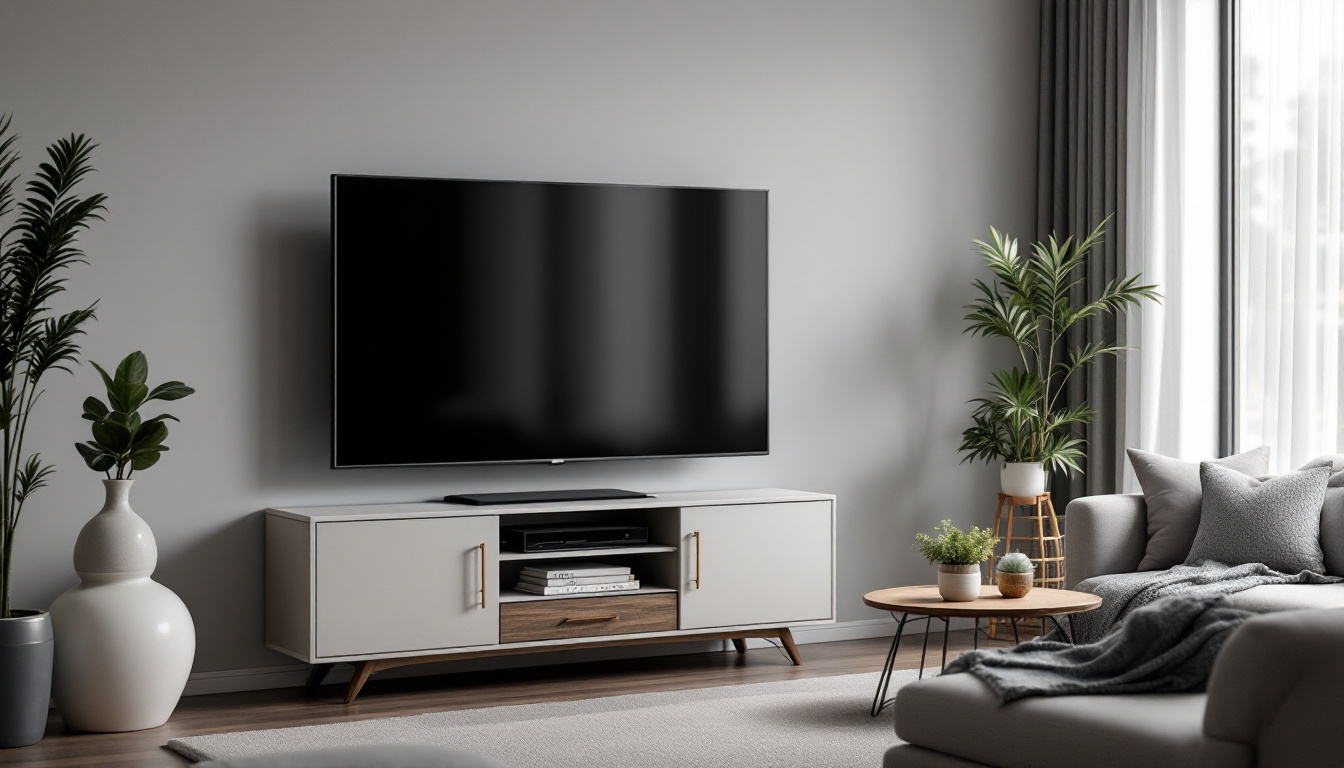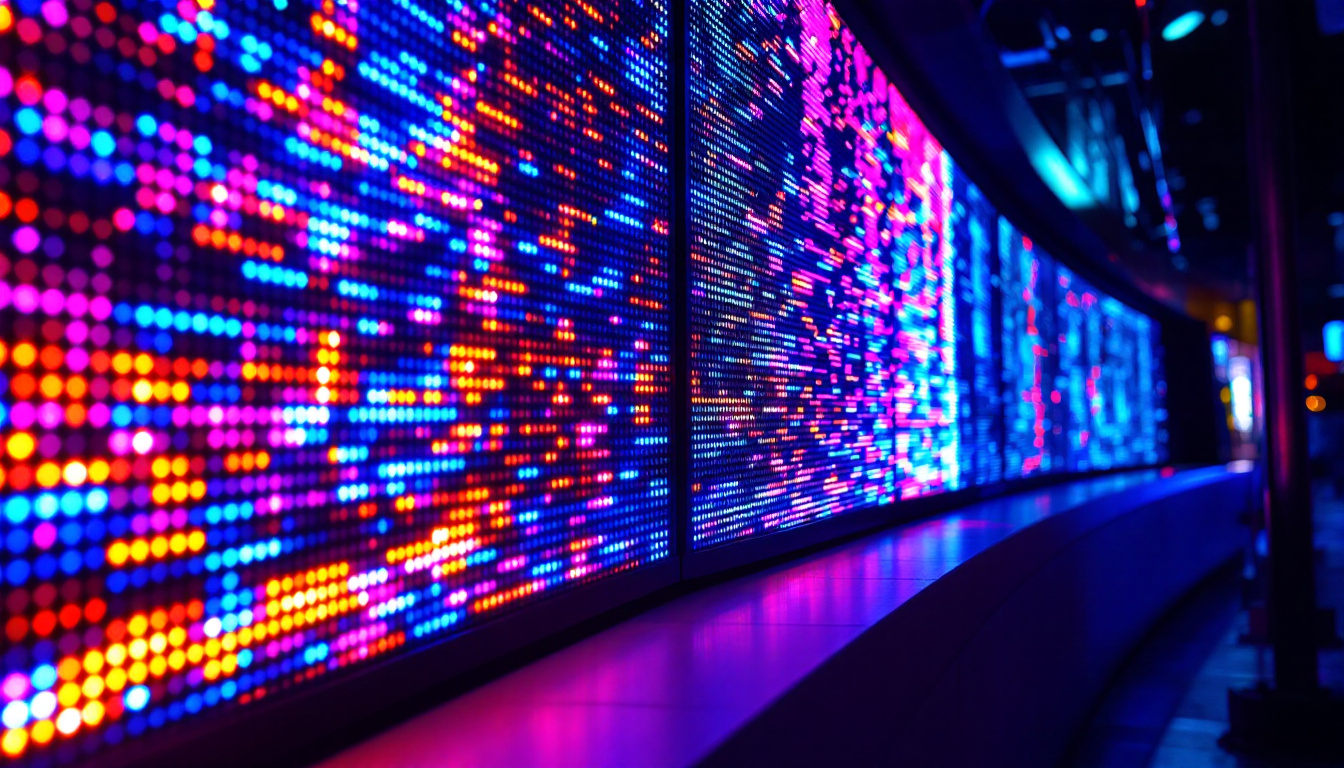Wall Mount LED Monitor: LED Display Explained
In the modern world of technology, the wall mount LED monitor has become an essential component for both personal and professional environments. These sleek displays not only enhance the aesthetics of a space but also deliver superior performance. Understanding the intricacies of LED technology and its applications can help users make informed decisions about their display needs.
Understanding LED Technology
LED, or Light Emitting Diode, is a semiconductor device that emits light when an electric current passes through it. This technology has revolutionized the way displays are designed and manufactured, offering numerous advantages over traditional LCD and CRT screens. The compact size and efficiency of LEDs have allowed for innovations in various fields, including automotive lighting, streetlights, and even horticulture, where specific wavelengths of light can enhance plant growth.
How LED Displays Work
At the core of LED technology is the principle of electroluminescence. When electricity flows through the diode, it excites the atoms within the semiconductor material, causing them to emit photons, which we perceive as light. In LED displays, thousands of these tiny diodes are arranged in a grid to create images and videos. The arrangement and color of these diodes can vary, leading to different display types such as RGB (Red, Green, Blue) configurations that allow for a full spectrum of colors to be produced.
There are two main types of LED displays: edge-lit and backlit. Edge-lit displays use LEDs positioned along the edges of the screen, while backlit displays have LEDs positioned directly behind the screen. Each type has its advantages and is suited for different applications. For instance, edge-lit displays are typically thinner and lighter, making them ideal for ultra-slim televisions, while backlit displays often provide better uniformity in brightness and color accuracy, making them preferable for professional-grade monitors used in graphic design and video editing.
Benefits of LED Displays
LED displays offer several advantages that make them a popular choice for wall mounting. One of the most significant benefits is their energy efficiency. Compared to traditional displays, LED monitors consume less power, which translates to lower electricity bills and a reduced carbon footprint. This energy efficiency is not only beneficial for consumers but also aligns with global efforts to promote sustainable technology and reduce energy consumption in homes and businesses.
Additionally, LED monitors provide superior brightness and contrast ratios, resulting in vibrant colors and sharp images. This makes them ideal for various settings, from home theaters to corporate conference rooms. Their slim profiles also allow for easy wall mounting, saving valuable space while enhancing the overall look of a room. Furthermore, LED technology is known for its longevity; many LED displays can last up to 50,000 hours or more, significantly outlasting traditional display technologies. This durability not only reduces the need for frequent replacements but also contributes to less electronic waste, making LED displays a more environmentally friendly option in the long run.
Choosing the Right Wall Mount LED Monitor
When selecting a wall mount LED monitor, several factors should be taken into consideration to ensure that the chosen display meets specific needs and preferences. Understanding these factors can significantly enhance the viewing experience.
Screen Size and Resolution
Screen size is one of the most critical aspects to consider. The ideal size depends on the viewing distance and the purpose of the monitor. For example, a larger screen may be more suitable for presentations in a conference room, while a smaller screen may suffice for personal use in a home office.
Resolution is equally important. Higher resolutions, such as 4K or even 8K, provide more detail and clarity, making them suitable for tasks that require precision, such as graphic design or video editing. On the other hand, lower resolutions may be adequate for basic tasks like browsing or watching videos.
Aspect Ratio and Viewing Angle
The aspect ratio of a monitor affects how content is displayed. The most common aspect ratios are 16:9 and 4:3. A 16:9 ratio is ideal for widescreen content, such as movies and games, while a 4:3 ratio may be better for older applications or specific tasks.
Viewing angle is another crucial factor. Monitors with a wide viewing angle ensure that the image remains clear and vibrant even when viewed from the side. This is particularly important in settings where multiple people may be viewing the screen simultaneously.
Installation and Mounting Options
Once the right wall mount LED monitor is selected, the next step is installation. Proper mounting not only enhances the monitor’s aesthetic appeal but also ensures optimal viewing comfort and safety.
Types of Mounts
There are several types of mounts available for wall mounting LED monitors. Fixed mounts are the simplest and most cost-effective option, providing a secure way to attach the monitor to the wall without any adjustments. However, they do not allow for tilting or swiveling.
Tilting mounts enable users to adjust the angle of the monitor, reducing glare and improving visibility. Full-motion mounts offer the most flexibility, allowing users to swivel, tilt, and extend the monitor away from the wall as needed. Choosing the right mount depends on the intended use and viewing preferences.
Installation Tips
When installing a wall mount LED monitor, it is crucial to follow the manufacturer’s instructions carefully. Ensure that the mount is securely attached to wall studs, as drywall alone may not support the weight of the monitor. Using a level during installation can help achieve a straight and professional-looking setup.
Additionally, consider cable management solutions to keep wires organized and out of sight. This not only enhances the visual appeal but also prevents potential hazards associated with loose cables.
Applications of Wall Mount LED Monitors
Wall mount LED monitors have a wide range of applications across various sectors. Their versatility makes them suitable for both personal and professional use.
Home Use
In residential settings, wall mount LED monitors are commonly used for entertainment purposes. They can serve as the centerpiece of a home theater, providing an immersive viewing experience for movies, sports, and gaming. Additionally, they can be used in home offices for productivity tasks, allowing users to maximize their workspace.
Moreover, many homeowners utilize wall-mounted monitors for smart home integration, displaying information such as weather updates, calendars, and news feeds. This functionality adds convenience and enhances the overall smart home experience.
Commercial Use
In commercial environments, wall mount LED monitors are invaluable for presentations, advertising, and information dissemination. Businesses often use these displays in conference rooms for video conferencing and presentations, ensuring that all participants can see the content clearly.
digital signage is another significant application. Retailers and restaurants leverage wall-mounted LED monitors to showcase promotions, menus, and advertisements, attracting customers and enhancing their shopping experience. The ability to update content remotely adds to the effectiveness of this marketing strategy.
Maintenance and Care for LED Monitors
To ensure the longevity and optimal performance of wall mount LED monitors, regular maintenance and care are essential. Simple practices can significantly extend the life of these displays.
Cleaning and Dusting
Dust and fingerprints can accumulate on the screen, affecting image quality. To clean the monitor, use a microfiber cloth and a gentle cleaning solution specifically designed for electronics. Avoid using harsh chemicals or abrasive materials, as they can damage the screen.
Additionally, it is advisable to regularly dust the area around the monitor to prevent dust buildup. Keeping the workspace clean not only enhances the monitor’s performance but also contributes to a healthier environment.
Software Updates
Many modern LED monitors come equipped with smart features that may require software updates. Regularly check for updates to ensure that the monitor operates smoothly and securely. This can enhance functionality and improve the overall user experience.
Future Trends in LED Display Technology
The world of LED display technology is constantly evolving. As advancements continue to emerge, several trends are shaping the future of wall mount LED monitors.
Higher Resolutions and Enhanced Color Accuracy
As technology progresses, higher resolutions are becoming more accessible. 8K displays, for instance, are on the horizon, offering unprecedented detail and clarity. This trend is particularly significant for professionals in fields such as photography and video production, where color accuracy and image fidelity are paramount.
Moreover, advancements in color technology, such as Quantum Dot and OLED, are enhancing color reproduction, allowing for more vibrant and true-to-life images. These innovations are expected to become standard features in future LED displays.
Smart Features and Connectivity
The integration of smart features is another trend that is gaining momentum. Wall mount LED monitors are increasingly being designed with built-in smart capabilities, allowing users to connect to the internet, stream content, and access applications directly from the monitor.
Enhanced connectivity options, such as HDMI 2.1 and wireless casting, are also becoming more prevalent. These features enable seamless integration with various devices, making it easier for users to switch between different sources and enhance their viewing experience.
Conclusion
Wall mount LED monitors are a remarkable fusion of technology and design, offering a plethora of benefits for both personal and professional use. Understanding the fundamentals of LED technology, selecting the right monitor, and ensuring proper installation and maintenance can significantly enhance the overall experience.
As technology continues to advance, the future of wall mount LED monitors looks promising, with innovations that will further improve performance and user experience. Whether for entertainment, productivity, or advertising, these displays are set to remain at the forefront of visual technology.
Discover LumenMatrix’s Innovative LED Solutions
Ready to elevate your visual experience with the latest in LED technology? LumenMatrix is at the forefront of creating immersive and dynamic displays that transform any environment. From vibrant Indoor LED Wall Displays to robust Outdoor LED Wall Displays, and from engaging Vehicle LED Displays to sleek LED Poster Displays, our range of solutions caters to every need. Embrace the future of visual communication with LumenMatrix’s LED Sports Displays, interactive Floor LED Displays, versatile Custom LED Displays, convenient All-in-One LED Displays, and stunning LED Transparent Displays. Check out LumenMatrix LED Display Solutions today and see how we can help you make a lasting impression with clarity and impact.

